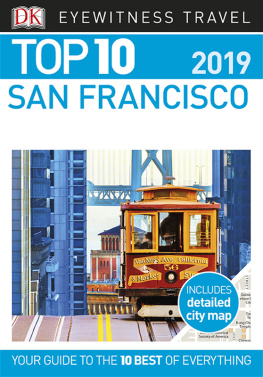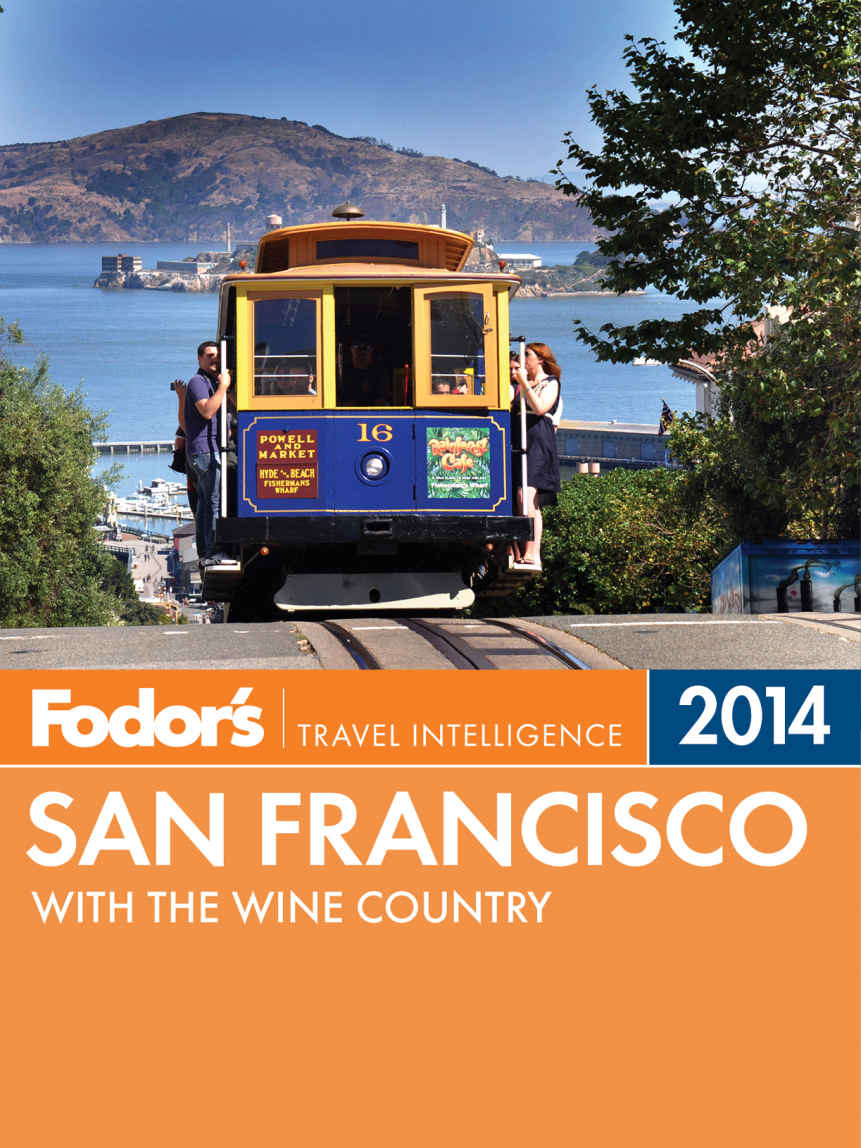
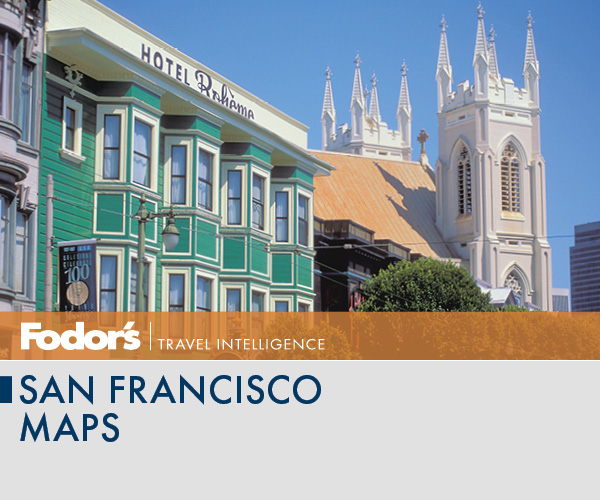
Experience San Francisco
Exploring San Francisco
The Bay Area
Wine Country
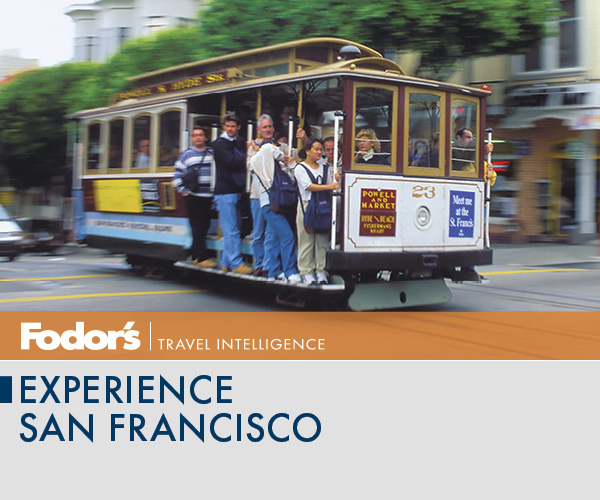
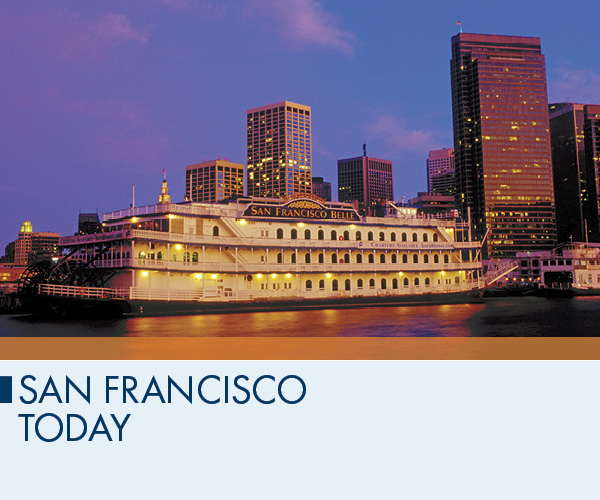
The quintessential boomtown, San Francisco has been alternately riding high and crashing since the gold rush. Those bearish during the heady days of the dot-com bubble had barely finished dancing on the grave of the Internet economy when biotech rode into town, turning bust to boom. So which San Francisco will you find when you come to town? A reversal of fortune is always possible, but heres a snapshot of what the citys likefor now, anyway.
Old neighborhoods rising
As city development skews southward, long-sleepy quarters are transforming into the latest destinations. The renaissance of Dogpatch , the citys 19th-century industrial center at the bottom of Potrero Hill, is in high gear. Today artists and craftspeople reside in the lovely pre-1906-quake homes here, and a critical mass of restaurants, cafs, shops, and galleries, largely along 22nd and 3rd streets, are drawing folks from around town. In the coming years, watch for development of Pier 70, with 1,000 apartments, millions of square feet of office space, light manufacturing, and a bay-front park, bringing badly needed green space to this newly chic corner of the city.
Long the domain of drug addicts and homeless people smack-dab in the heart of downtown, Mid-Market Market Street between 5th and 9th streets south to Mission Streethas resisted the best efforts of a string of San Francisco mayors. But City Hall muscle is apparently no match for Twitter, the social media heavyweight lured here by the promise of a payroll tax break in 2013. A bevy of tech companies followed hot on its heels, and retail and services springing up to serve their employees promise to change the vibe on the street, as does the long-awaited police substation that opened on embattled 6th Street the same year. Real estate is suddenly so hot here that a long-planned arts and culture center may be priced out before its built. Hopefully some of the areas cash influx will flow into #CommunitySupport, to put it in Twitterese.
Celebrating the spans
San Franciscos most famous icon, the beloved Golden Gate Bridge , celebrated its diamond jubilee in 2013. Billed as 75 Community Tributes to commemorate 75 years, events ranged from an artistic exploration of the bridges international orange at Fort Point to the usual waterfront fireworks. All of this helped to distract from the celebration that didnt happen: officials decided not to close the bridge to traffic to allow pedestrians to cross.
Long ignored as the citys other bridge, the Bay Bridge is finally getting its due. Badly damaged in the 1989 earthquake, the $6.3-million, reconstructed double-decker span opened in 2013 to much fanfare (and reliefit was originally supposed to be completed in 2007). Opening weekend, closed to traffic, saw cyclists crossing the bay, a 10k run, fireworks, and thousands walking over the water. The celebration continues with Bay Lights, an art project made up of 25,000 computer-controlled LED lights attached to the vertical cables along the bridges western half. Viewable nightly from the Embarcadero, fish glide across the bridge, birds flutter, rain falls, and abstract forms invite interpretation like clouds.
Construction projects
Two new big-ticket projects rose just blocks apart along the Embarcadero in 2013: the Exploratorium at Pier 15 and the glass-and-steel cruise ship terminal at Pier 27. The latter came courtesy of the Americas Cup, the swanky, worldwide yacht race that came to San Francisco with a greatly diminished fieldapparently even the 1% felt the squeeze and backed out as the race approached. Neighbors complained that they missed the memo about the 9,000-seat bay-side concert amphitheater set up to accompany the boating event.
Boondoggle alert: no ones enjoying the disruption caused by Munis 1.7-mile Central Subway extension , designed to extend the T-Third line from SoMa under Union Square and into Chinatown. Aboveground hassles in North Beach are affecting the vacation vibe at the neighborhoods outdoor caf tables; and locals wonder where the giant boring machines used to carve the tunnel will come out. The controversial project continues at a snails pace, with lots of breaks for public comment, discussion among the myriad groups involved, and the odd lawsuit.
Small is beautiful
In a city like San Francisco, 7 by 7 miles surrounded by water on three sides, space is always at a premium, so weve learned to grab room where we can find it. Enter the parklet , semipermanent micro green spaces each reclaimed from a couple of parking spaces, spruced up with seating and often vegetation and open to everyone. Standouts include dinosaur-themed Deepistan National Parklet (Valencia St. at 20th St., the Mission), the only parklet on private property; the controversial Rapha bike shop parklet (Filbert and Fillmore Sts., Cow Hollow), made of a sawed-in-half Citron van; and the beloved but since (charmingly) remodeled parklet in front of Luna Rienne Gallery (22nd St., at Valencia St., the Mission), the only parklet in town to feature beanbag chairs and a TV with vintage video games.
Were also thinking small when it comes to the great indoors. As the economy improves and an influx of new workers arrives, finding a place to call your own has never been tougher. In 2012 city supervisors lowered the minimum square footage required per unit to 220, beating out New York and even Tokyo for smallest apartment. Its just an experimentthe supervisors capped the number of microapartments at 375 for nowbut youll still have to pony up about $1,500 for one of your own.



